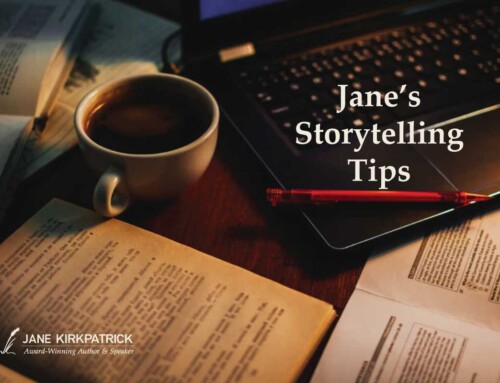Tips for Writing Historical Novels
- Begin with an unanswered question or something strange you want to thoroughly explore – a person, an incident, a time period that intrigues – a story that calls your name and won’t let you go. Don’t write unless you have to.
- Write one sentence each to answer these questions:
What’s my story about? (my intention)
What do I feel deeply about in this story? (my attitude)
How do I hope a reader will be changed by reading this story? (my purpose)
These are from Structuring Your Novel by John D. Fitzgerald & Robert C. Meredith - Choose a title to frame your story and post it with your three answers in your writing space where you can easily see them to guide you during the muddle in the middle.
- Create a timeline of your character’s important life events; create a timeline of world or regional events that might have affected your character or that they’d have spoken about over their suppers. Decide on an opening time period and an ending time.
- Consider the three act structure: 25% into your story, your character has a crisis; 50% in, second major crisis where character really must commit; 75% -final crisis that will drive the story ending.
- Begin writing before you think you should. (There will always be more to research)
- Write even when you’re not inspired. (There will always be dry scratchy coughs).
- With selected language, create a mood, a sense of time, era, and attitude within the first three paragraphs of your story. Shakespeare could tell his story within the first sentence. Remember Romeo and Juliet? “Two houses.”
- Give your protagonist a meaningful desire both external and internal and show them doing something interesting as the story begins.
- By the end of the first chapter, an event must happen that moves the story forward toward your character achieving their desire as well as identifying early barriers to your character’s achieving that desire.
- Weave landscape, relationships, spirituality and work throughout the plot.
- Give your reader new information, connection and meaning, showing them how historical lives have relevance for living in our contemporary world.
- Write as though running a race without listening too closely to your interior critic. Pick an ending date by which you’ll finish your novel.
- Finish with your protagonist achieving their desires, both internal and external, in a climax scene; then quickly get out of the story wrapping up loose threads.
- Go back and repeat question two to see how the story has changed you and its own direction now that your story is finished and you’re to begin revising using Self-editing for Fiction Writers by Rennie Browne and Dave King, A Writer’s Guide to Fiction by Elizabeth Lyon, Writing Fiction for Dummies, by Randy Ingamanson, or A Novel Idea, a collection of best-selling author essays (Tyndale) about writing or other excellent craft books such as Anne Lamott’s Bird by Bird or Stephen King’s On Writing.
- Imagine the back cover copy; write your synopsis and send it out or pitch at a writer’s conference. You did it!


